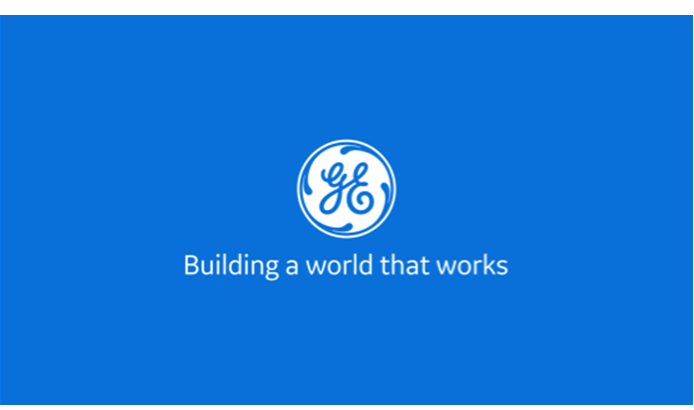WHERE IT ALL BEGAN
In the early 1880s, Walter McQueen, a train engine designer working in Schenectady, New York, decided to strike out on his own and open a locomotive company on the banks of the Mohawk River. The project failed to leave the station, but the vacant factory caught the attention of Thomas Edison, who was looking for a new home for his burgeoning electric enterprises. In August 1886 — 135 years ago this week — Edison took the train upstate from his Manhattan headquarters and turned the dormant plant into the bustling new home of Edison Light Works, the engine that drove the birth of the electric industry.
A bright idea: GE still makes generators in Schenectady, and GE Renewable Energy also houses its offices at the original site. Five miles away, in the suburb of Niskayuna, sits GE Research, which still takes its cues from Edison in learning what the world needs and then proceeding to invent it.
SEEING BENEATH THE SURFACE
Legend has it that in 1895, Wilhelm Roentgen used a cathode ray to take a picture of his wife’s hand — what may have been the world’s first human X-ray — and she cried out, “I have seen my death!” GE engineer Elihu Thomson built an X-ray machine the next year, demonstrating the capacity of this technology “for diagnosing bone fractures and locating foreign objects in the body.” After Thomson’s colleague William D. Coolidge invented the modern X-ray tube in 1913, the applications of the technology expanded until it became the essential diagnostic tool we use today.
The X factor: But X-rays have served a purpose beyond the doctor’s office. Engineers, archaeologists, zoologists, art historians and even shipwreck hunters have used X-rays, CT scans and MRIs to unravel yesterday’s mysteries. From determining a mummy’s sex and the true provenance of a 15th-century Italian painting to finding the cause of death of a baby woolly mammoth, imaging technologies have opened windows into the world that were presumed to be closed.
Here are some of the fascinating ways they have helped us get a glimpse back in time.
GOING FOR GOLD
The 2020 Paralympic Games opened in Tokyo Tuesday, and GE Reports is cheering for one competitor in particular: Ahalya Lettenberger, a 20-year-old Chicago native and an international swimming champion. She’ll be taking to the pool for Team USA in hopes of winning a medal in the 400-meter freestyle and the 200-meter individual medley. When she is not swimming, Lettenberger is studying bioengineering at Rice University. This summer she worked on ventilators as part of an internship with GE Healthcare through GE’s Edison Engineering Development Program.
At home in the water: Lettenberger was born with arthrogryposis amyoplasia, a musculoskeletal disorder that affects her movement from the hips down. Though she grew up playing soccer and softball, it was through swimming — and the friendships she struck with other Paralympic athletes — that she found her identity. “The freedom that the pool gave me just felt like a second home,” she says.
Read more about Ahalya Lettenberger here and see the video below.
THE COOLEST THINGS ON EARTH ?
1. Let There Be Matter
Scientists at Brookhaven National Laboratory demonstrated for the first time that pure light energy can produce matter and antimatter.
2. Bridge Work Ahead
A team of researchers in Michigan built a test bridge with carbon fiber and polymers that proved stronger and more durable than steel bar reinforcement.
3. Be-Leaf In Vaccines
A resurgence in “molecular farming” has led scientists to start developing entirely plant-based vaccines for influenza and SARS-CoV-2, the virus that causes COVID-19.
Learn more here about this week’s Coolest Things On Earth.
Rice University bioengineering student Ahalya Lettenberger spent much of this summer interning at GE Healthcare through GE’s Edison Engineering Development Program. Now she’s in Tokyo to swim for Team USA in the Paralympic Games.
— QUOTE OF THE DAY —
“Swimming was special because I didn’t have to wear braces or be in a wheelchair. The freedom that the pool gave me just felt like a second home.”
— Ahalya Lettenberger, GE Edison Engineering intern and U.S. Paralympian
Quote: GE Reports. Images: Tomas Kellner for GE Reports; Warsaw Mummy Project/GE Healthcare; Daniel Koeth for GE Reports. Video: GE Reports.








